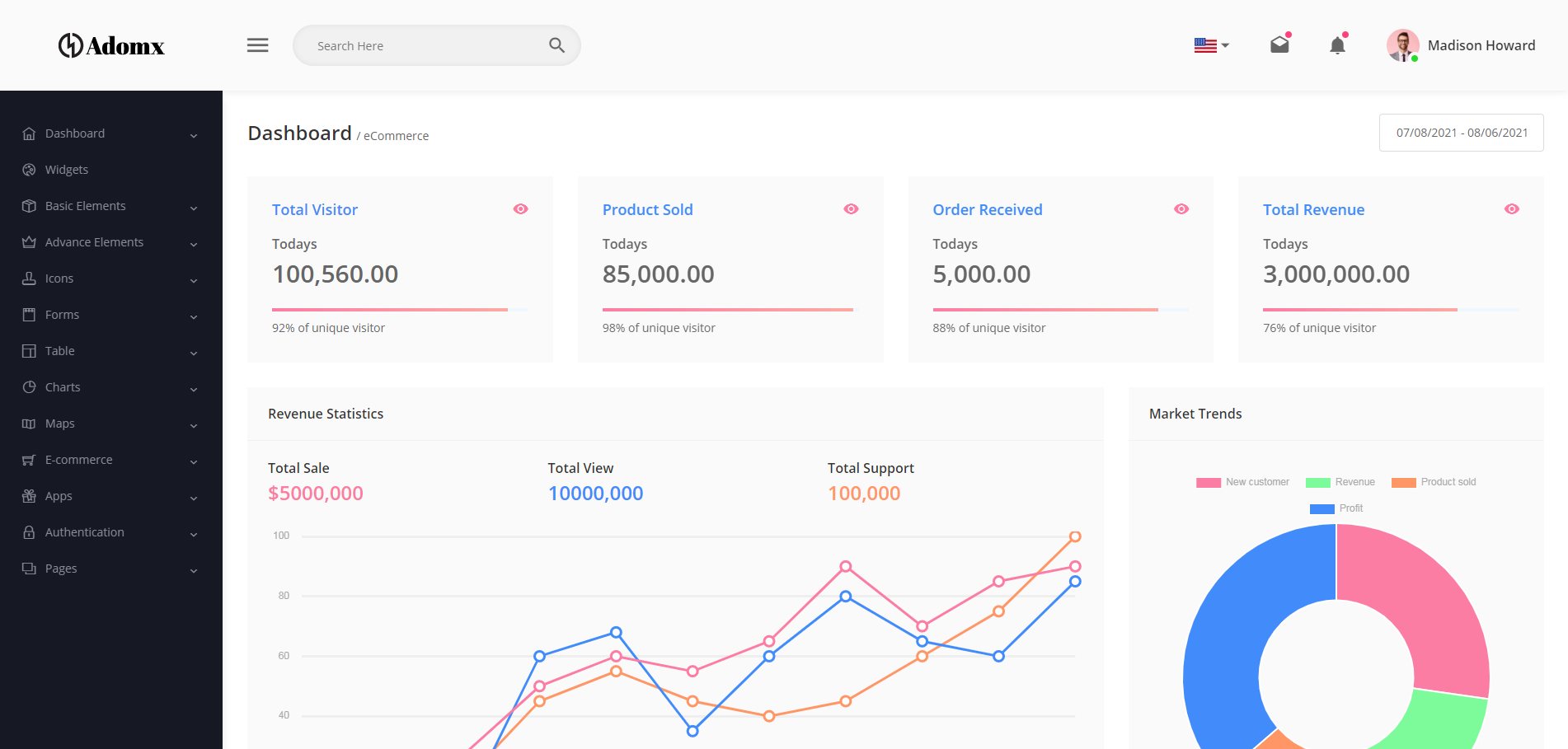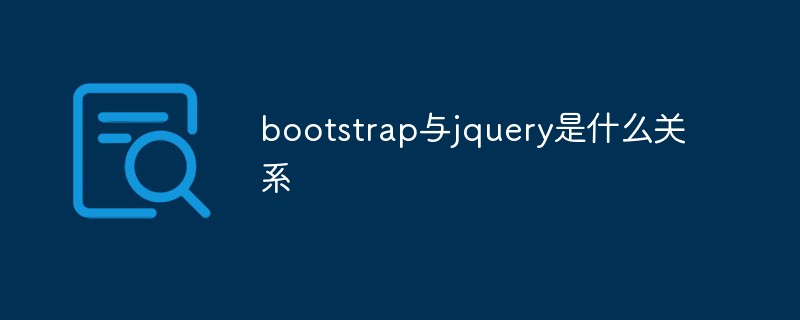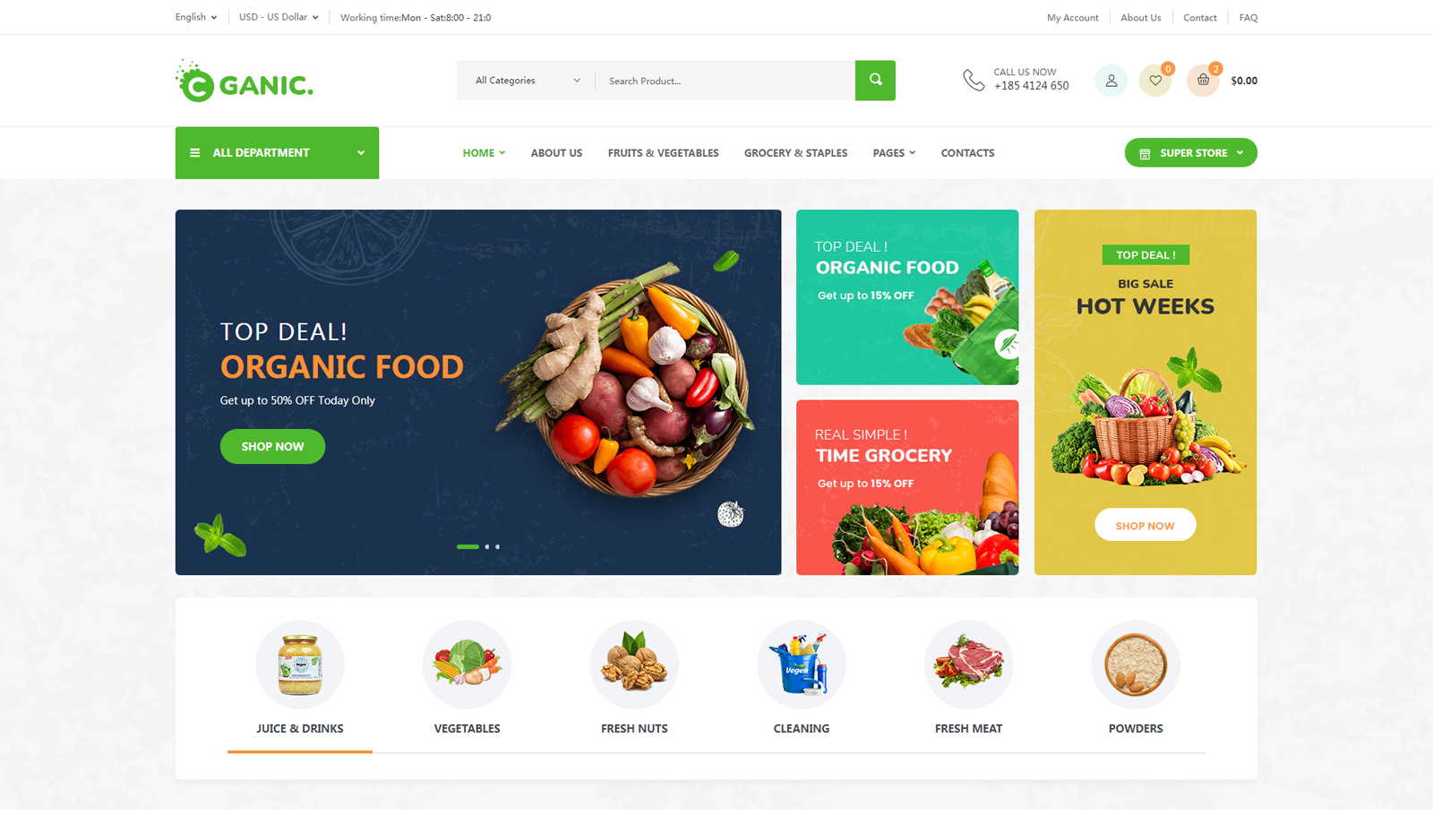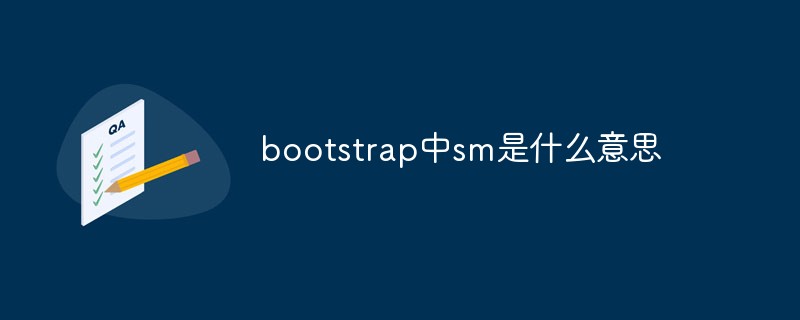 Backend Development
Backend Development PHP Tutorial
PHP Tutorial Use PHP and Bootstrap to build an efficient management backend to achieve data visualization
Use PHP and Bootstrap to build an efficient management backend to achieve data visualizationWith the continuous development of the Internet, various websites and applications continue to emerge, and the management backend of these websites and applications is an indispensable part. The management backend is not only a data management platform for websites and applications, but also a platform for data visualization, allowing managers to see data changes and trends more clearly, thereby providing stronger support for corporate decision-making.
Here, this article will introduce how to use PHP and Bootstrap to build an efficient management backend to realize the function of data visualization. The following will be divided into the following parts to explain.
1. Environment setup
Before starting, you need to set up the PHP and MySQL environments first. You can choose an integrated environment, such as XAMPP, WAMP, etc., or you can build it yourself. After installation, you can test whether the environment is successfully established by accessing http://localhost.
2. Use Bootstrap to build the management backend interface
Bootstrap is a popular front-end framework. It provides some very convenient styles and components that can quickly build a beautiful and responsive website. Before using Bootstrap, you need to download its files.
After completion, the management backend interface can be built according to actual needs. The specific steps are as follows:
1. Create a new page and introduce the Bootstrap style file and JavaScript file, as shown in the following code:
<head>
<meta charset="UTF-8">
<meta name="viewport" content="width=device-width, initial-scale=1.0">
<title>管理后台</title>
<link rel="stylesheet" href="css/bootstrap.min.css">
<script src="js/jquery.min.js"></script>
<script src="js/bootstrap.min.js"></script>
</head>2. Add a navigation bar, as shown in the following code:
<body>
<nav class="navbar navbar-expand-lg navbar-light bg-light">
<a class="navbar-brand" href="#">管理后台</a>
<button class="navbar-toggler" type="button" data-toggle="collapse" data-target="#navbarNav" aria-controls="navbarNav" aria-expanded="false" aria-label="Toggle navigation">
<span class="navbar-toggler-icon"></span>
</button>
<div class="collapse navbar-collapse" id="navbarNav">
<ul class="navbar-nav">
<li class="nav-item active">
<a class="nav-link" href="#">首页 <span class="sr-only">(current)</span></a>
</li>
<li class="nav-item">
<a class="nav-link" href="#">数据可视化</a>
</li>
<li class="nav-item">
<a class="nav-link" href="#">用户管理</a>
</li>
<li class="nav-item">
<a class="nav-link" href="#">设置</a>
</li>
</ul>
</div>
</nav>
</body>3. Add the main content area, as shown in the following code:
<div class="container-fluid">
<div class="row">
<div class="col-md-3">
<div class="card">
<div class="card-body">
<h5 id="数据可视化">数据可视化</h5>
<p class="card-text">这里是数据可视化的介绍。</p>
<a href="#" class="btn btn-primary">进入</a>
</div>
</div>
</div>
<div class="col-md-3">
<div class="card">
<div class="card-body">
<h5 id="用户管理">用户管理</h5>
<p class="card-text">这里是用户管理的介绍。</p>
<a href="#" class="btn btn-primary">进入</a>
</div>
</div>
</div>
<div class="col-md-3">
<div class="card">
<div class="card-body">
<h5 id="设置">设置</h5>
<p class="card-text">这里是设置的介绍。</p>
<a href="#" class="btn btn-primary">进入</a>
</div>
</div>
</div>
</div>
</div>Through the above code, a simple management background interface can be quickly built. Next, you can operate the data in PHP and display the data visually on the page.
3. Integrate PHP and MySQL into the management background
1. Create a database and create a table named "data" with the following table structure:
CREATE TABLE `data` ( `id` int(11) NOT NULL AUTO_INCREMENT, `name` varchar(255) NOT NULL, `value` int(11) NOT NULL, `date` datetime NOT NULL, PRIMARY KEY (`id`) ) ENGINE=InnoDB DEFAULT CHARSET=utf8;
2. Connect to the database in PHP, query the data, and return the data to the front-end page in JSON format to realize the data visualization function. The code is as follows:
<?php
$servername = "localhost";
$username = "root";
$password = "";
$dbname = "test";
$conn = new mysqli($servername, $username, $password, $dbname);
if ($conn->connect_error) {
die("连接失败: " . $conn->connect_error);
}
$sql = "SELECT * FROM data";
$result = $conn->query($sql);
$rows = array();
while($row = $result->fetch_assoc()) {
array_push($rows, array('name'=>$row['name'], 'value'=>intval($row['value']), 'date'=>$row['date']));
}
echo json_encode($rows);
$conn->close();
?>4. Use JavaScript for data visualization
In the management background, you can use Chart.js, a very popular JavaScript library, for data visualization. Chart.js provides some commonly used data display methods, such as line charts, column charts, pie charts, etc. In this article, we will use line charts to implement data visualization capabilities.
The code is as follows:
<body>
<canvas id="myChart"></canvas>
<script src="js/Chart.min.js"></script>
<script src="js/data.php"></script>
<script>
$(function() {
$.get('data.php', function(data) {
var labels = [];
var values = [];
var dates = [];
$.each(JSON.parse(data), function(index, item) {
labels.push(item.name);
values.push(item.value);
dates.push(item.date);
});
var ctx = document.getElementById('myChart');
var myChart = new Chart(ctx, {
type: 'line',
data: {
labels: labels,
datasets: [{
label: '数据可视化',
data: values,
backgroundColor: [
'rgba(255, 99, 132, 0.2)',
'rgba(54, 162, 235, 0.2)',
'rgba(255, 206, 86, 0.2)',
'rgba(75, 192, 192, 0.2)',
'rgba(153, 102, 255, 0.2)',
'rgba(255, 159, 64, 0.2)'
],
borderColor: [
'rgba(255, 99, 132, 1)',
'rgba(54, 162, 235, 1)',
'rgba(255, 206, 86, 1)',
'rgba(75, 192, 192, 1)',
'rgba(153, 102, 255, 1)',
'rgba(255, 159, 64, 1)'
],
borderWidth: 1
}]
},
options: {
scales: {
yAxes: [{
ticks: {
beginAtZero: true
}
}]
}
}
});
});
});
</script>
</body>Through the above code, the data in the database can be displayed on the page in the form of a line chart.
Summary
This article introduces how to use PHP and Bootstrap to build an efficient management backend to realize the data visualization function. First, we use Bootstrap to build the management backend interface; then, we use PHP to connect to the database and return the data to the front-end page in JSON format; finally, we use the JavaScript library Chart.js to display the data on the page in the form of a line chart. The method in this article is applicable to most types of management backends. It not only allows administrators to see data changes and trends more clearly, but also improves work efficiency.
The above is the detailed content of Use PHP and Bootstrap to build an efficient management backend to achieve data visualization. For more information, please follow other related articles on the PHP Chinese website!
 10款好看又实用的Bootstrap后台管理系统模板(快来下载)Aug 06, 2021 pm 01:55 PM
10款好看又实用的Bootstrap后台管理系统模板(快来下载)Aug 06, 2021 pm 01:55 PM一个好的网站,不能只看外表,网站后台同样很重要。本篇文章给大家分享10款好看又实用的Bootstrap后台管理系统模板,可以帮助大家快速建立强大有美观的网站后台,欢迎下载使用!如果想要获取更多后端模板,请关注php中文网后端模板栏目!
 bootstrap与jquery是什么关系Aug 01, 2022 pm 06:02 PM
bootstrap与jquery是什么关系Aug 01, 2022 pm 06:02 PMbootstrap与jquery的关系是:bootstrap是基于jquery结合了其他技术的前端框架。bootstrap用于快速开发Web应用程序和网站,jquery是一个兼容多浏览器的javascript库,bootstrap是基于HTML、CSS、JAVASCRIPT的。
 7款实用响应式Bootstrap电商源码模板(快来下载)Aug 31, 2021 pm 02:13 PM
7款实用响应式Bootstrap电商源码模板(快来下载)Aug 31, 2021 pm 02:13 PM好看又实用的Bootstrap电商源码模板可以提高建站效率,下面本文给大家分享7款实用响应式Bootstrap电商源码,均可免费下载,欢迎大家使用!更多电商源码模板,请关注php中文网电商源码栏目!
 8款Bootstrap企业公司网站模板(源码免费下载)Aug 24, 2021 pm 04:35 PM
8款Bootstrap企业公司网站模板(源码免费下载)Aug 24, 2021 pm 04:35 PM好看又实用的企业公司网站模板可以提高您的建站效率,下面PHP中文网为大家分享8款Bootstrap企业公司网站模板,均可免费下载,欢迎大家使用!更多企业站源码模板,请关注php中文网企业站源码栏目!
 bootstrap中sm是什么意思May 06, 2022 pm 06:35 PM
bootstrap中sm是什么意思May 06, 2022 pm 06:35 PM在bootstrap中,sm是“小”的意思,是small的缩写;sm常用于表示栅格类“.col-sm-*”,是小屏幕设备类的意思,表示显示大小大于等于768px并且小于992px的屏幕设备,类似平板设备。
 bootstrap默认字体大小是多少Aug 22, 2022 pm 04:34 PM
bootstrap默认字体大小是多少Aug 22, 2022 pm 04:34 PMbootstrap默认字体大小是“14px”;Bootstrap是一个基于HTML、CSS、JavaScript的开源框架,用于快速构建基于PC端和移动端设备的响应式web页面,并且默认的行高为“20px”,p元素行高为“10px”。
 bootstrap modal 如何关闭Dec 07, 2020 am 09:41 AM
bootstrap modal 如何关闭Dec 07, 2020 am 09:41 AMbootstrap modal关闭的方法:1、连接好bootstrap的插件;2、给按钮绑定模态框事件;3、通过“ $('#myModal').modal('hide');”方法手动关闭模态框即可。
 bootstrap是免费的吗Jun 21, 2022 pm 05:31 PM
bootstrap是免费的吗Jun 21, 2022 pm 05:31 PMbootstrap是免费的;bootstrap是美国Twitter公司的设计师“Mark Otto”和“Jacob Thornton”合作基于HTML、CSS、JavaScript 开发的简洁、直观、强悍的前端开发框架,开发完成后在2011年8月就在GitHub上发布了,并且开源免费。


Hot AI Tools

Undresser.AI Undress
AI-powered app for creating realistic nude photos

AI Clothes Remover
Online AI tool for removing clothes from photos.

Undress AI Tool
Undress images for free

Clothoff.io
AI clothes remover

AI Hentai Generator
Generate AI Hentai for free.

Hot Article

Hot Tools

SAP NetWeaver Server Adapter for Eclipse
Integrate Eclipse with SAP NetWeaver application server.

SublimeText3 Linux new version
SublimeText3 Linux latest version

MinGW - Minimalist GNU for Windows
This project is in the process of being migrated to osdn.net/projects/mingw, you can continue to follow us there. MinGW: A native Windows port of the GNU Compiler Collection (GCC), freely distributable import libraries and header files for building native Windows applications; includes extensions to the MSVC runtime to support C99 functionality. All MinGW software can run on 64-bit Windows platforms.

WebStorm Mac version
Useful JavaScript development tools

VSCode Windows 64-bit Download
A free and powerful IDE editor launched by Microsoft






